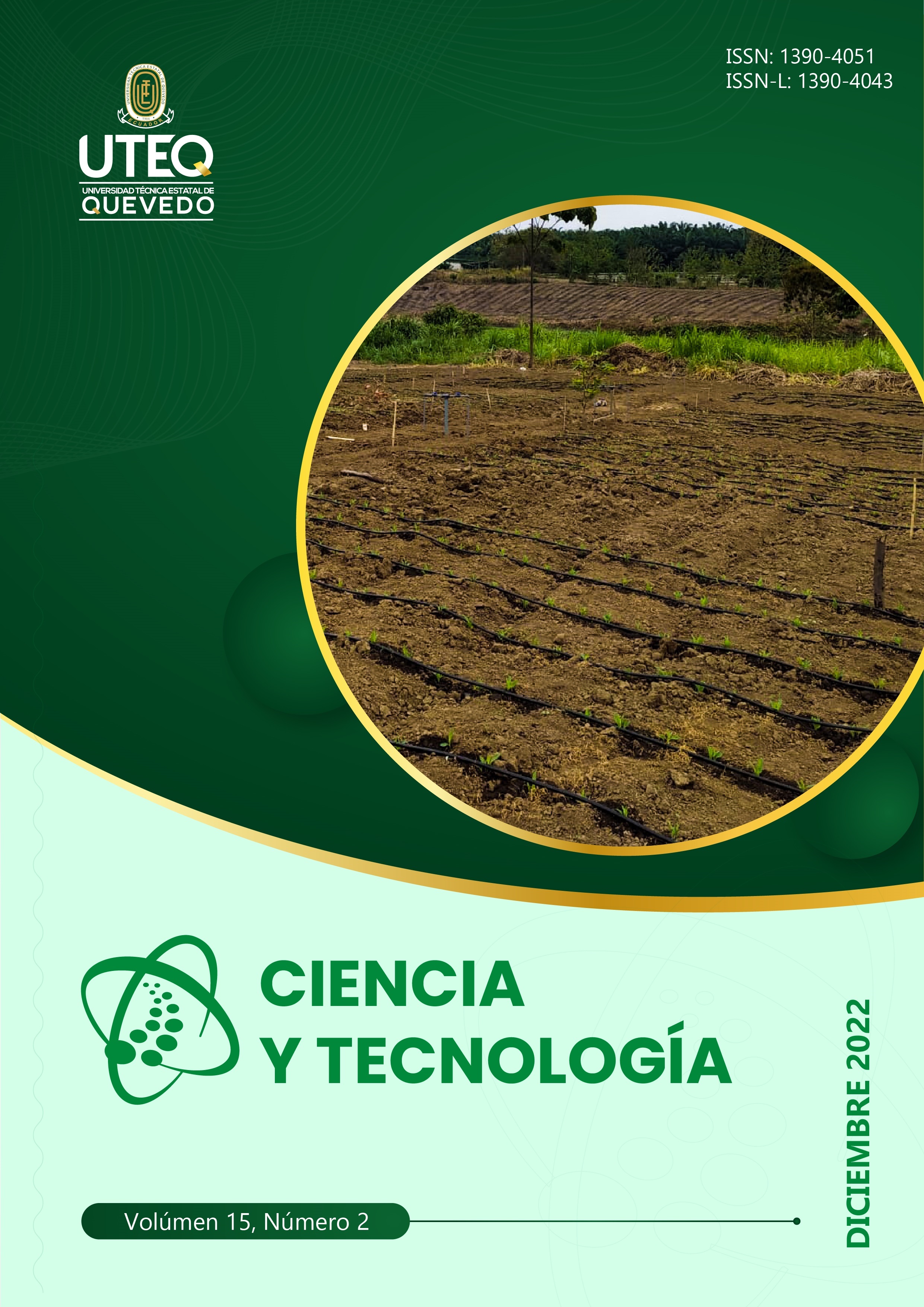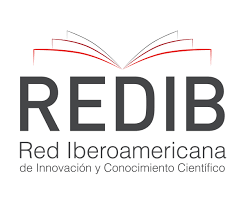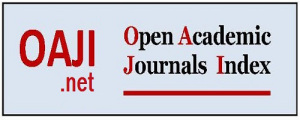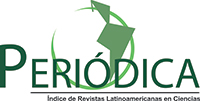Producción del Pleurotus ostreatus utilizando cáscaras de maíz y leguminosas
DOI:
https://doi.org/10.18779/cyt.v15i2.578Palabras clave:
Pleurotus, cáscaras, producción, micelioResumen
Pleurotus ostreatus, es un hongo comestible que se produce en una gran variedad de residuos agrícolas y agroindustriales, debido a su gran capacidad de colonizar y degradar sustratos lignocelulósicos. El objetivo de este trabajo fue evaluar la cinética de crecimiento radial, para la obtención de micelio y la producción de Pleurotus ostreatus en estado fresco, utilizando para su crecimiento cáscara de mazorca de maíz tierno, cáscara de leguminosas (arveja, frejol y haba). En la cinética de crecimiento radial, que fue la obtención de micelio el que mejor comportamiento demostró en el crecimiento de Pleurotus ostreatus fue el medio de cultivo Papa dextrosa agar más la inclusión de cáscara de arveja (Pisum sativum) 74 mm a las 168 horas de crecimiento, mientras que el mejor rendimiento de cosecha de Pleurotus ostreatus fue la cáscara de haba (Vicia faba) 151.40 g de Pleurotus ostreatus, por kilogramo de sustrato en la primera cosecha. Con estos resultados se tiene una alternativa de utilizar los residuos de hortalizas que se generan en el mercado central del cantón Quevedo, Provincia de Los Ríos, Ecuador, en la obtención de un alimento y disminuir la contaminación que los residuos generan en el medio ambiente.
Descargas
Citas
Adebayo, E., Elkanah, F., Afolabi, F., Ogundun, O., Alabi, T., & Oduoye, O. (2021). Molecular characterization of most cultivated Pleurotus species in sub-western region Nigeria with development of cost effective cultivation protocol on palm oil waste. Heliyon, 7, 8. https://doi.org/10.1016/j.heliyon.2021.e06215
Agba, M.-I. O., Markson, A.-A. A., Oni, J. O., & Bassey, G. A. (2021). Growth and yield impact of oyster mushroom Pleurotus ostreatus (Jacq P. Kumm) cultivated on different agricultural wastes. Journal of Bioscience and Agriculture Research, 27 (01), 2225–2233. https://doi.org/https://doi.org/10.18801/jbar.270121.272
Bankole, F., & Salami, A. (2017). Use of Agro-Wastes for Tissue Culture Process and Spawn Production of Oyster Mushroom (Pleurotus florida). Journal of Applied Life Sciences International, 14 (1), 9. doi: 10.9734/JALSI/2017/35858
Chukwurah, N., Eze, S., Chiejina, N., Onyeonagu, C., Ugwuoke, K., Ugwu, F., Nkwonta, C., Akobueze, E., Aruah, C., & Onwuelughasi, C. (2012). Performance of oyster mushroom (Pleurotus ostreatus) in different local agricultural waste materials. African Journal of Biotechnology, 11 (37), 8979–8985. https://doi.org/10.5897/AJB11.2525
Díaz Muñoz, K., Casanova Guarjado, M., León Torres, C. A., & Arturo, G. R. L. (2019). Producción de Pleurotus ostreatus (Pleurotaceae) ICFC 153/99 cultivado sobre diferentes residuos lignocelulósicos. Arnaldoa 26, 3, 1177–1184. https://doi.org/http://doi.org/10.22497/arnaldoa.263.26322
Fayssal, S. A., Sebaaly El, Z., Alsanad, M., Najjar, R., Bo¨hme, M., Yordanova, M., & Sassine, Y. (2021). Combined effect of olive pruning residues and spent coffee grounds on Pleurotus ostreatus production, composition, and nutritional value. PLOS ONE, 16 (9). https://doi.org/https://doi.org/10.1371/journal.pone.0255794
Fufa, B. K., Tadesse, B. A., & Tulu, M. M. (2021). Cultivation of Pleurotus ostreatus on Agricultural Wastes and Their Combination. International Journal of Agronomy, 2021, 6. https://doi.org/https://doi.org/10.1155/2021/1465597
Guevara-Viejó, F., Valenzuela-Cobos, J. D., Vicente-Galindo, P., & Galindo-Villardón, P. (2021). Application of K-Means Clustering Algorithm to Commercial Parameters of Pleurotus spp. Cultivated on Representative AgriculturalWastes from Province of Guayas. Jounal of Fungi, 7, 537. https://doi.org/https://doi.org/10.3390/jof7070537
Hoa, H. T., & Wang, H.-L. (2015). The Effects of Temperature and Nutritional Conditions on Mycelium Growth of Two Oyster Mushrooms (Pleurotus ostreatus and Pleurotus cystidiosus). Mycobiology, 43 (1), 14–23. https://doi.org/https://doi.org/10.5941/MYCO.2015.43.1.14
Kumar, S., Chand, G., & Kumar Patel, D. (2020). Evaluation of different substrate supplements on growth and yield of oyster mushroom (Pleurotus florida). Indian Phytopathology, 1–6. https://doi.org/https://doi.org/10.1007/s42360-020-00252-9
Maftoun, P., Abd Malek, R., Masry, H. J., Agouillal, F., Pareek, A., Hanapi, S. Z., & Enshasy, H. (2017). Effect of additives on Pleurotus ostreatus Growth on Agar medium. IOSR Journal of Pharmacy and Biological Sciences, 12(Issue 3 Ver), 106–110. https://doi.org/DOI: 10.9790/3008-120304106110
Mahadevan, K., & Shanmugasundaram, K. (2018). Comparative effect of different culture media on mycelial growth performance of Pleurotus sapidus. Journal of Pharmacognosy and Phytochemistry, 7 (4), 874–878. https://www.phytojournal.com/archives/2018/vol7issue4/PartO/7-3-733-395.pdf
Mo, J., Yang, Q., Zhang, N., Zhang, W., Zheng, Y., & Zhang, Z. (2018). A review on agro-industrial waste (AIW) derived adsorbents for water and wastewater treatment. Journal of Environmental Management, 227, 395–405. https://doi.org/https://doi.org/10.1016/j.jenvman.2018.08.069
Nasir, A., Urwa, T., Ayesha, A., Awais, A., Asma, A., Babar, K., & Shahzad, M. (2021). Effect of maize residues and sawdust substrates on the growth and yield of oyster mushroom Pleurotus sapidus. Ukrainian Journal of Ecology, 11 (2), 1–7. https://doi.org/doi: 10.15421/2021_68
Phadke Monika, V., Jadhav, D., Hasabnis, G., Jadhav, P., & Patil, S. (2020). Effect of cultural variability on mycellial growth of eleven mushroom isolates of Pleurotus spp. Journal of Pharmacognosy and Phytochemistry, 9 (6), 881–888. www.phytojournal.com
Pokhrel, C., Kalyan, N., Budathoki, U., & Yadav, R. K. (2013). Cultivation of Pleurotus sajor-caju using different agricultural residues. International Journal of Agricultural Policy and Research, 1 (2), 019–023. https://doi.org/https://www.researchgate.net/publication/281307219
Raman, J., Jang, K.-Y., Oh, Y.-L., Oh, M., Im, J.-H., Lakshmanan, H., & Sabaratnam, V. (2020). Cultivation and Nutritional Value of Prominent Pleurotus Spp.: An Overview. Mycobiology, 1–15. https://doi.org/https://doi.org/10.1080/12298093.2020.1835142
Ritota, M., & Manzi, P. (2019). Pleurotus spp. Cultivation on Di erent Agri-Food By-Products: Example of Biotechnological Application. Sustainability, 11, 5049. https://doi.org/doi:10.3390/su11185049
Roblero Mejía, D. O., Aguilar Marcelino, L., & Sánchez, J. (2021). Effect of substrate variation on the productivity of two strains of Pleurotus spp. Scientia Fungorum, 52, 1–11. https://doi.org/10.33885/sf.2021.52.1377
Sadh, P.K., Duhan S., & Duhan, J. S. (2018). Agro-industrial wastes and their utilization using solid state fermentation: a review. Bioresour. Bioprocess, 5 (1), 1–15. https://doi.org/https://doi.org/10.1186/s40643-017-0187-z
Sifat, N., Lovely, F., Zihad, S. M. N. K., Hossain, M. G., Shilpi, J. A., Grice, D., Mubarak, M. S., & Uddin, S. J. (2020). Investigation of the nutritional value and antioxidant activities of common Bangladeshi edible mushrooms. Clinical Phytoscience, 6, 88. https://doi.org/https://doi.org/10.1186/s40816-020-00235-3
Thakur. (2020). Advances in mushroom production: key to food, nutritional and employment security: A review. Indian Phytopathology, 73, 377–395. https://doi.org/https://doi.org/10.1007/s42360-020-00244-9
Publicado
Cómo citar
Número
Sección
Licencia
Licensing Agreement
This journal provides free access to its content through its website following the principle that making research available free of charge to the public supports a larger exchange of global knowledge.
Web content of the journal is distributed under a Attribution-NonCommercial-ShareAlike 4.0 International.
Authors may adopt other non-exclusive license agreements for the distribution of the version of the published work, provided that the initial publication in this journal is indicated. Authors are allowed and recommended to disseminate their work through the internet before and during the submission process, which can produce interesting exchanges and increase citations of the published work.











